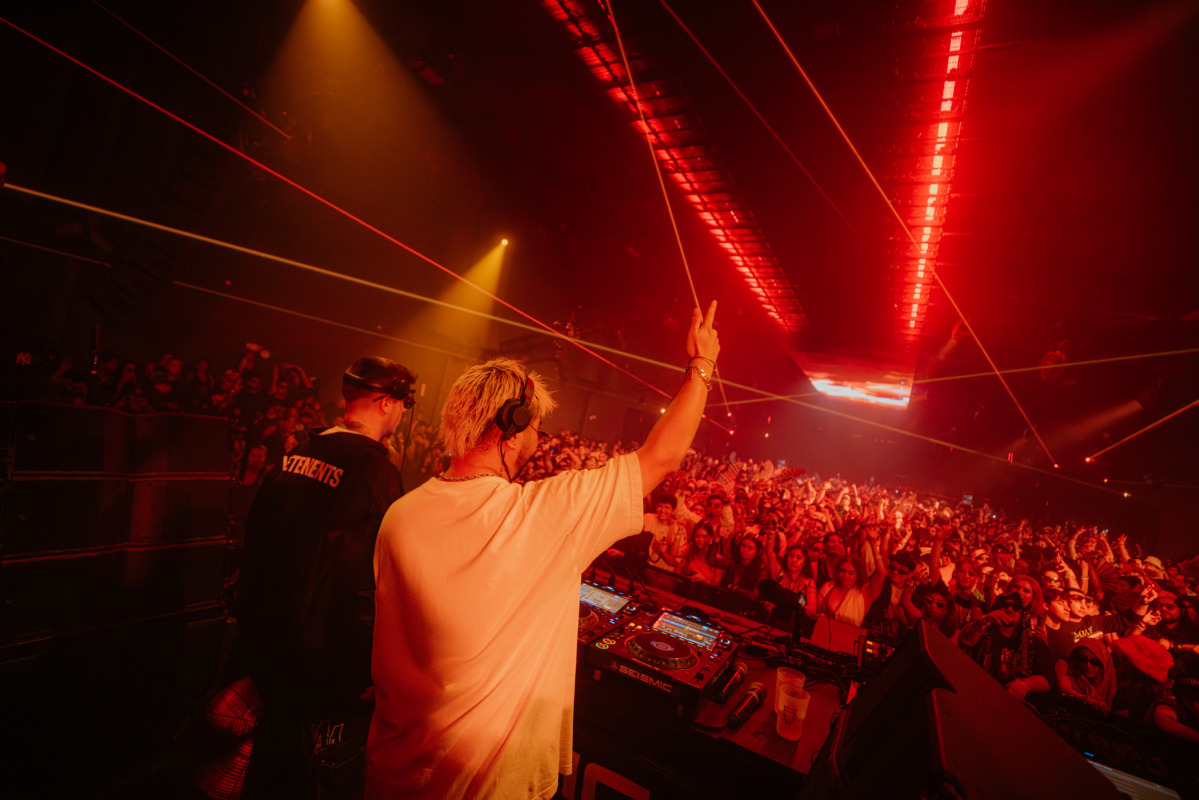The evolution of electronic dance music began with the emergence of sampling from various sources like bootlegs, records, and from famous DJ’s that were providing their mixes in clubs across the globe. The sounds were provided at a very raw and untreated level. These beats were then processed via a sequencer that was relatively new to the industry at that time. By utilizing complex software programs, these sounds could then be mixed and sifted through to achieve the desired sound and beat. These programs were originally designed for use by DJ’s but soon found their way onto the cutting edge of clubs and radio stations worldwide. Clubs worldwide have mixed the best of the old and new, to provide a continuous high energy experience that has become known as ‘breaks’.
The evolution of electronic dance music has also seen the genre growing up with more prominent artists coming on the scene. One such artist is Swedish House Mafia who rose to fame in the mid 90’s with their hit ‘Show Me the Meaning’. This group went on to gain popularity around the world and remains one of the biggest up and coming names in the electronic dance music scene today. With many other acts gaining momentum and popularity the number of competitors in this genre is set to grow.
Another important trend that has developed is the inclusion of ‘live shows’ in electronic dance tracks. By incorporating the dance floor and stage into the production of the track it has allowed fans to experience the song in a live setting. Clubbers love the opportunity to see the performances in real time and to interact with the artist or band. The evolution of electronic dance music has seen the inclusion of ‘artists’ that come on tour with their own shows. These shows often incorporate electronic dance tracks to provide an experience similar to a club night out.
The inclusion of drum machines in the creation of electronic dance music has also allowed for the evolution of the sound and beat. Ringtones and other percussion instruments were seen as a hindrance in the evolution of rave. But by introducing the use of drum machines in the tracks artists have managed to open the door to new forms of musical evolution. This has made drum machines one of the most important inventions of the decade.
A track without a beat can be described as an abomination to many traditional DJs. But by adding a beat, the ability to dance is enhanced. Originating from the UK, the name itself hound was coined by producers that wanted to add some more flavor to their tracks. But the original hound functioned much like a hound locator in the wild – it traces tracks back to their source and brings them back to the family.
Nowadays, the term has taken on a slightly different meaning. Artists such as Justice, Disclosure and Rufus Duet have created hits using samples from well-known hip hop and rap artists. The producers have been known to sign the sample without the artist’s permission. But what the producer must realize is that such action could lead to legal troubles and could potentially stop future sample usage.
But the origin of the term has its roots firmly planted in the electronic music world. The originators of rave knew that the human brain reacts in a special way when exposed to new sounds. The brains of creative people are particularly wired a bit differently than the rest of us. This is the reason why many classical musicians have been labeled “computerized” since the early part of the 20th century. In many cases they were found to be producing sounds using a sampler, a device that resembles a digital synthesizer.
The term has remained in use thanks to its original progenitors including rave, techno and house. Artists that focus on the electronic side of music such as artists such as Afrojack, John Paul Jones and Andy Cappuccino have capitalized on the term “huttercore.” They are able to tap into a younger crowd by using the term “huttercore.” While huttercore may seem to be an alien term to many in the mainstream music world, the truth is that it is here to stay.


